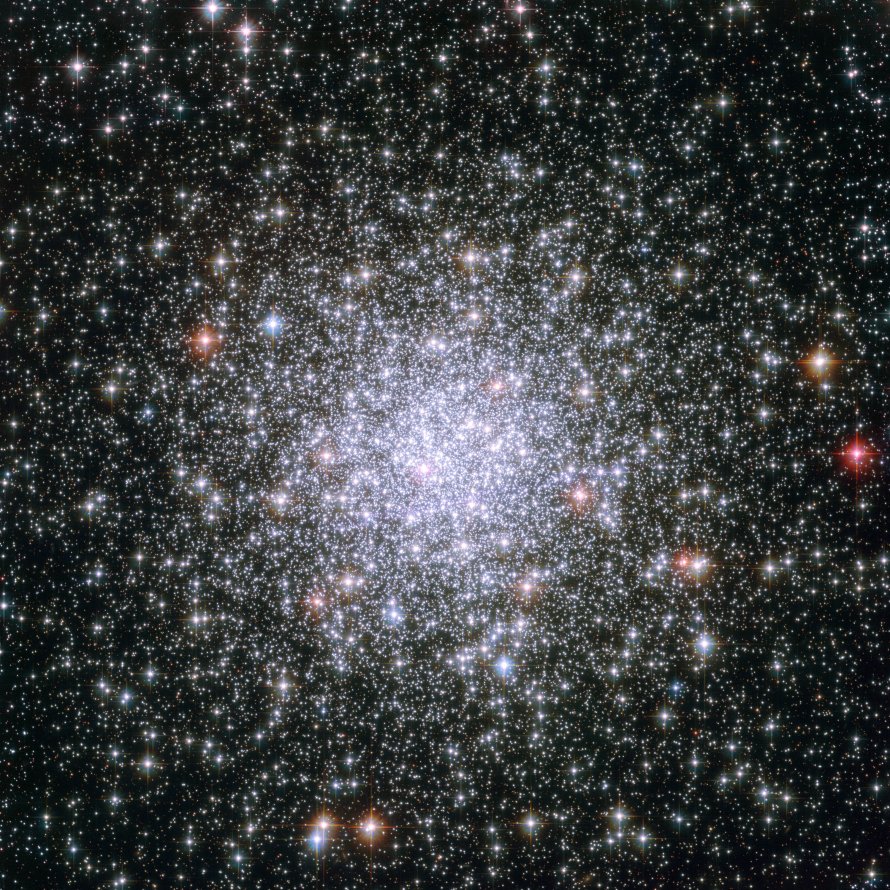M69 (NGC 6637)
Messier 69 (NGC 6637) is a globular cluster located in the constellation Sagittarius, in the Galactic Center of the Milky Way Galaxy in the Local Group of galaxies. M69 is 29000 light years away from Earth.
M69 is best viewed during late summer, is magnitude 8.3, and can be viewed with binoculars. M69 is 10.8' in apparent size. For reference, the full moon is 30'.
Observing difficulty: Intermediate
- Name:
- Type:
- globular cluster
- Constellation:
- Sagittarius
- NGC or IC:
- NGC 6637
- Magnitude:
- 8.3
- Viewing:
- binoculars
- Size:
- 10.8'
- Distance (light years):
- 29000 LY
- RA:
- 18h 34.4m
- Dec:
- -32 21'
- Season:
- late summer
- Milky Way location:
- Galactic Center
- Galaxy group:
- Local Group
- Messier Marathon #:
- 101
* The naked eye can see up to magnitude ~7-8 objects under ideal dark sky conditions.
A Globular Cluster in Sagittarius
Messier 69, or M69, also designated as NGC 6637, is a compact globular cluster nestled within the constellation Sagittarius. Discovered by Charles Messier in August 1780, this celestial object is part of the inner halo structure of our Milky Way galaxy. The cluster is approximately 29,700 light-years distant from our solar system and about 6,200 light-years from the Galactic Centre.
Characteristics of M69
Messier 69 is characterized by its densely packed core and relatively small size. Its stars are richer in metals compared to most other globular clusters, likely due to its proximity to the Galactic Centre, an area known for its abundance of heavier elements. The M69 globular cluster also hosts several variable stars, which have been instrumental in calculating its distance.
The cluster's stellar population includes a large number of RR Lyrae variable stars and at least two long-period variables. Its overall color index makes it one of the reddest of globular clusters, indicating the presence of many older, cooler red stars.
Magnitude and Size
Messier 69 has an apparent magnitude of approximately 8.3, making it a somewhat faint object that can't be observed with the naked eye. Its angular diameter is about 9.8 arc minutes, equating to a linear size of around 85 light-years. Despite its faintness, the cluster can still be observed with binoculars or small telescopes under optimal conditions, with larger scopes offering more detailed views.
Finding and Viewing M69
Finding M69 requires some patience due to its location within the dense star fields of Sagittarius and its relatively faint magnitude. It lies close to the ecliptic plane, which makes it susceptible to lunar and planetary occultations. The best time to observe M69 is during the months of June to October.
The cluster is situated near the teapot asterism in Sagittarius. The easiest way to locate it is to find the star 36 Sagittarii, as M69 resides only about 1.3 degrees to the east-northeast. While the cluster will appear as a hazy patch through binoculars, telescopes at moderate to high magnification will resolve its outer regions into individual stars, offering a fascinating glimpse into this dense collection of ancient suns.
In conclusion, M69 may not be the most conspicuous object in the night sky, but its dense stellar concentration and interesting characteristics make it a worthwhile target for both amateur observers and professional researchers interested in globular cluster properties and evolution.



